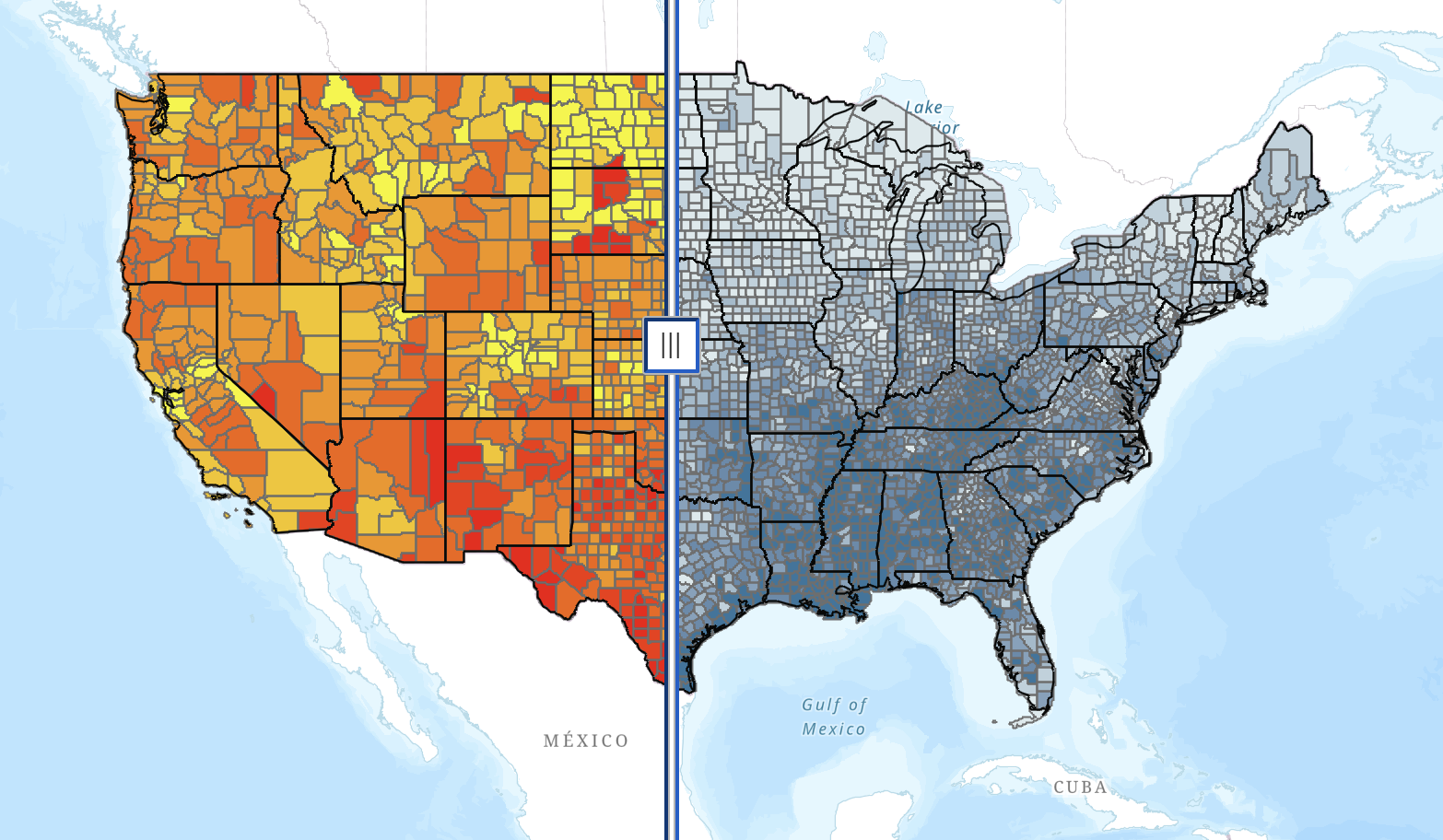Rodger Williams unhooked his mask from around his ears, revealing lines drawn from his nose to the corners of his mouth. Rodger is in his seventies, or so we guessed based on when he recalls having been taken from his home in the Diné (Navajo) Nation. At the age of ten, the United States government forced him to attend a boarding school in Northern Utah, from which he visited home only once a year. The boarding school was one of 150 or so that followed in the steps of Pratt’s Carlisle Indian Industrial School in Pennsylvania (1879-1918).
“My parents were medicine men,” Rodger said. He had expected to become a healer, too. But at the boarding school, he and the other children were punished for speaking their native languages, let alone practicing their cultures.
The schools aimed to assimilate indigenous communities by separating youth from their parents and elders, teachers of indigenous languages, and ways of life. The government’s slogan, “Kill the Indian in him, and save the man,” expressed its goal.
“I don’t know what they were saving us from,” Rodger said. He reflected on his past. “Children died from punishments that were too harsh, from disease, and from heartbreak.”

Rodger’s voice was soft against the backdrop of activity in the parking lot behind us. Rodger and his wife, Linda Myers, founded Adopt-a-Native-Elder in the 1980s, a turbulent time in which many Diné were displaced from their homelands and many elders found themselves without proper care. The organization continues to support elders 75 and older through a sponsorship program, providing them with necessities and enabling them to live out their lives traditionally, if they so desire.
In the parking lot, volunteers stood in an assembly line attending people in cars. The volunteers loaded the cars’ trunks with boxes of medical supplies, shelf-stable items such as flour, and certificates for fresh food and firewood. Many on the reservation lack electricity and rely on firewood to cook and heat their homes. Many, too, live one or more hours from stores where they can buy fresh produce.
Tears grew at the corner of Rodger’s eyes as he described his work. After returning home from boarding school, Rodger became a teacher. Through language classes and lectures about his people’s history, traditional ways of life, food, and medicine, Rodger has tried to fill the gaps left by decades of erasure. As a survivor of boarding school, Rodger has sought to save the heart of his people. He has devoted his life to mending heartbreak through teaching of Diné traditions and through a reverence for elders.

“Meet this year’s Diné princess,” Rodger said. He beckoned a young girl whose midnight hair was coiled into a bun beneath a crown. She wore a long flowered skirt and red woven sash, and a belt studded with silver and turquoise stones. Every year, the tribe selects a ten-year-old girl to represent the Diné at community events including food distributions like this one.
Sitting in passenger sides and backseats of cars, elders between the ages of 75 and 108 arrived in the care of younger family members. Many brought hand-woven rugs and jewelry with squash blossom motifs made from turquoise and silver. “Nearly every elder on the reservation owns a loom,” Linda said. Adopt-A-Native-Elder pays the elders up-front for their handiwork, replenishes their supply of yarn, then sells their crafts online.
The Diné princess stood by the yarn baskets. At Linda’s signal, she’d approach the elder passenger, and gave her a choice of yarn colors—neutral tones of browns and whites, or greys and greens. Some of the elders sat so hunched that, from my vantage point, their chins dipped below the windowsill.
“Hello, grandma!” Linda’s greeting was the same every time, as she is not Diné by birth. Rodger explained that in Diné culture, matriarchal lineage defines people’s relationships to one another. One introduces oneself by naming their mother and grandmother’s tribes, rather than by one’s given name. As Linda retrieved payment for the elders’ jewelry and rugs, Rodger exchanged greetings in Diné, a language he was able to retain despite years of punishment in school. Depending on where Rodger and an elder’s lineages intersect, Rodger may be the son, grandson or brother of an elder ten years his senior. The elders would return the greeting, identifying their relationship with one another. “You’re my son,” they might say.
___.jpeg)
The linguistic rules of greeting reflected a communal way of orienting oneself in the world that Rodger manifested through his teaching and food drives. In normal times, Rodger and Linda would organize the distributions around a feast. The elders, their families, and volunteers would eat and socialize for several hours and then join hands in a circle to express thanks before returning home with replenishments for their pantries and looms. While the pandemic has changed the mode of gathering, the roadside pickups still maintain a kind of ritual.
After the sixty families had passed through that day, Linda led the circle of thanks once again. This time volunteers maintained their distance from one another. “Many of the grandmas and grandpas today told me that they view us all as heroes. They said we’re risking our lives to help them,” Linda said. The pandemic has brought a lot of fear and isolation for the elders, who remain the most vulnerable to harsh winters, food insecurity, and COVID-19.
Twice a year, Rodger returns to each community of elders and repeats the exchange of goods and greetings. Some elders pass between visits and new ones join the circle of giving. And each year, another ten-year-old girl joins as witness to the strength of relationships, woven like yarn passed from the hands of children, to elders, and back again.
< Back
Rodger Williams unhooked his mask from around his ears, revealing lines drawn from his nose to the corners of his mouth. Rodger is in his seventies, or so we guessed based on when he recalls having been taken from his home in the Diné (Navajo) Nation. At the age of ten, the United States government forced him to attend a boarding school in Northern Utah, from which he visited home only once a year. The boarding school was one of 150 or so that followed in the steps of Pratt’s Carlisle Indian Industrial School in Pennsylvania (1879-1918).
“My parents were medicine men,” Rodger said. He had expected to become a healer, too. But at the boarding school, he and the other children were punished for speaking their native languages, let alone practicing their cultures.
The schools aimed to assimilate indigenous communities by separating youth from their parents and elders, teachers of indigenous languages, and ways of life. The government’s slogan, “Kill the Indian in him, and save the man,” expressed its goal.
“I don’t know what they were saving us from,” Rodger said. He reflected on his past. “Children died from punishments that were too harsh, from disease, and from heartbreak.”

Rodger’s voice was soft against the backdrop of activity in the parking lot behind us. Rodger and his wife, Linda Myers, founded Adopt-a-Native-Elder in the 1980s, a turbulent time in which many Diné were displaced from their homelands and many elders found themselves without proper care. The organization continues to support elders 75 and older through a sponsorship program, providing them with necessities and enabling them to live out their lives traditionally, if they so desire.
In the parking lot, volunteers stood in an assembly line attending people in cars. The volunteers loaded the cars’ trunks with boxes of medical supplies, shelf-stable items such as flour, and certificates for fresh food and firewood. Many on the reservation lack electricity and rely on firewood to cook and heat their homes. Many, too, live one or more hours from stores where they can buy fresh produce.
Tears grew at the corner of Rodger’s eyes as he described his work. After returning home from boarding school, Rodger became a teacher. Through language classes and lectures about his people’s history, traditional ways of life, food, and medicine, Rodger has tried to fill the gaps left by decades of erasure. As a survivor of boarding school, Rodger has sought to save the heart of his people. He has devoted his life to mending heartbreak through teaching of Diné traditions and through a reverence for elders.

“Meet this year’s Diné princess,” Rodger said. He beckoned a young girl whose midnight hair was coiled into a bun beneath a crown. She wore a long flowered skirt and red woven sash, and a belt studded with silver and turquoise stones. Every year, the tribe selects a ten-year-old girl to represent the Diné at community events including food distributions like this one.
Sitting in passenger sides and backseats of cars, elders between the ages of 75 and 108 arrived in the care of younger family members. Many brought hand-woven rugs and jewelry with squash blossom motifs made from turquoise and silver. “Nearly every elder on the reservation owns a loom,” Linda said. Adopt-A-Native-Elder pays the elders up-front for their handiwork, replenishes their supply of yarn, then sells their crafts online.
The Diné princess stood by the yarn baskets. At Linda’s signal, she’d approach the elder passenger, and gave her a choice of yarn colors—neutral tones of browns and whites, or greys and greens. Some of the elders sat so hunched that, from my vantage point, their chins dipped below the windowsill.
“Hello, grandma!” Linda’s greeting was the same every time, as she is not Diné by birth. Rodger explained that in Diné culture, matriarchal lineage defines people’s relationships to one another. One introduces oneself by naming their mother and grandmother’s tribes, rather than by one’s given name. As Linda retrieved payment for the elders’ jewelry and rugs, Rodger exchanged greetings in Diné, a language he was able to retain despite years of punishment in school. Depending on where Rodger and an elder’s lineages intersect, Rodger may be the son, grandson or brother of an elder ten years his senior. The elders would return the greeting, identifying their relationship with one another. “You’re my son,” they might say.
___.jpeg)
The linguistic rules of greeting reflected a communal way of orienting oneself in the world that Rodger manifested through his teaching and food drives. In normal times, Rodger and Linda would organize the distributions around a feast. The elders, their families, and volunteers would eat and socialize for several hours and then join hands in a circle to express thanks before returning home with replenishments for their pantries and looms. While the pandemic has changed the mode of gathering, the roadside pickups still maintain a kind of ritual.
After the sixty families had passed through that day, Linda led the circle of thanks once again. This time volunteers maintained their distance from one another. “Many of the grandmas and grandpas today told me that they view us all as heroes. They said we’re risking our lives to help them,” Linda said. The pandemic has brought a lot of fear and isolation for the elders, who remain the most vulnerable to harsh winters, food insecurity, and COVID-19.
Twice a year, Rodger returns to each community of elders and repeats the exchange of goods and greetings. Some elders pass between visits and new ones join the circle of giving. And each year, another ten-year-old girl joins as witness to the strength of relationships, woven like yarn passed from the hands of children, to elders, and back again.
Rodger Williams
Adopt-a-Native-Elder Co-founder
Rodger Williams unhooked his mask from around his ears, revealing lines drawn from his nose to the corners of his mouth. Rodger is in his seventies, or so we guessed based on when he recalls having been taken from his home in the Diné (Navajo) Nation. At the age of ten, the United States government forced him to attend a boarding school in Northern Utah, from which he visited home only once a year. The boarding school was one of 150 or so that followed in the steps of Pratt’s Carlisle Indian Industrial School in Pennsylvania (1879-1918).
“My parents were medicine men,” Rodger said. He had expected to become a healer, too. But at the boarding school, he and the other children were punished for speaking their native languages, let alone practicing their cultures.
The schools aimed to assimilate indigenous communities by separating youth from their parents and elders, teachers of indigenous languages, and ways of life. The government’s slogan, “Kill the Indian in him, and save the man,” expressed its goal.
“I don’t know what they were saving us from,” Rodger said. He reflected on his past. “Children died from punishments that were too harsh, from disease, and from heartbreak.”

Rodger’s voice was soft against the backdrop of activity in the parking lot behind us. Rodger and his wife, Linda Myers, founded Adopt-a-Native-Elder in the 1980s, a turbulent time in which many Diné were displaced from their homelands and many elders found themselves without proper care. The organization continues to support elders 75 and older through a sponsorship program, providing them with necessities and enabling them to live out their lives traditionally, if they so desire.
In the parking lot, volunteers stood in an assembly line attending people in cars. The volunteers loaded the cars’ trunks with boxes of medical supplies, shelf-stable items such as flour, and certificates for fresh food and firewood. Many on the reservation lack electricity and rely on firewood to cook and heat their homes. Many, too, live one or more hours from stores where they can buy fresh produce.
Tears grew at the corner of Rodger’s eyes as he described his work. After returning home from boarding school, Rodger became a teacher. Through language classes and lectures about his people’s history, traditional ways of life, food, and medicine, Rodger has tried to fill the gaps left by decades of erasure. As a survivor of boarding school, Rodger has sought to save the heart of his people. He has devoted his life to mending heartbreak through teaching of Diné traditions and through a reverence for elders.

“Meet this year’s Diné princess,” Rodger said. He beckoned a young girl whose midnight hair was coiled into a bun beneath a crown. She wore a long flowered skirt and red woven sash, and a belt studded with silver and turquoise stones. Every year, the tribe selects a ten-year-old girl to represent the Diné at community events including food distributions like this one.
Sitting in passenger sides and backseats of cars, elders between the ages of 75 and 108 arrived in the care of younger family members. Many brought hand-woven rugs and jewelry with squash blossom motifs made from turquoise and silver. “Nearly every elder on the reservation owns a loom,” Linda said. Adopt-A-Native-Elder pays the elders up-front for their handiwork, replenishes their supply of yarn, then sells their crafts online.
The Diné princess stood by the yarn baskets. At Linda’s signal, she’d approach the elder passenger, and gave her a choice of yarn colors—neutral tones of browns and whites, or greys and greens. Some of the elders sat so hunched that, from my vantage point, their chins dipped below the windowsill.
“Hello, grandma!” Linda’s greeting was the same every time, as she is not Diné by birth. Rodger explained that in Diné culture, matriarchal lineage defines people’s relationships to one another. One introduces oneself by naming their mother and grandmother’s tribes, rather than by one’s given name. As Linda retrieved payment for the elders’ jewelry and rugs, Rodger exchanged greetings in Diné, a language he was able to retain despite years of punishment in school. Depending on where Rodger and an elder’s lineages intersect, Rodger may be the son, grandson or brother of an elder ten years his senior. The elders would return the greeting, identifying their relationship with one another. “You’re my son,” they might say.
___.jpeg)
The linguistic rules of greeting reflected a communal way of orienting oneself in the world that Rodger manifested through his teaching and food drives. In normal times, Rodger and Linda would organize the distributions around a feast. The elders, their families, and volunteers would eat and socialize for several hours and then join hands in a circle to express thanks before returning home with replenishments for their pantries and looms. While the pandemic has changed the mode of gathering, the roadside pickups still maintain a kind of ritual.
After the sixty families had passed through that day, Linda led the circle of thanks once again. This time volunteers maintained their distance from one another. “Many of the grandmas and grandpas today told me that they view us all as heroes. They said we’re risking our lives to help them,” Linda said. The pandemic has brought a lot of fear and isolation for the elders, who remain the most vulnerable to harsh winters, food insecurity, and COVID-19.
Twice a year, Rodger returns to each community of elders and repeats the exchange of goods and greetings. Some elders pass between visits and new ones join the circle of giving. And each year, another ten-year-old girl joins as witness to the strength of relationships, woven like yarn passed from the hands of children, to elders, and back again.
.png)







.svg)
.svg)
.svg)